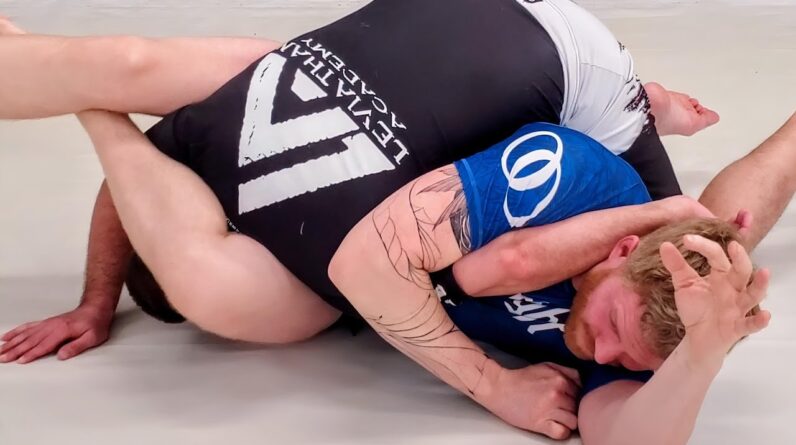The Basics of Sparring
Sparring is a form of training that is common to many martial arts. It is practiced by many people of every gender and race as a relatively free form fighting with enough rules, customs, or agreements to make injuries unlikely to occur.
Sparring is often performed by two or more practitioners who are either unarmed or armed. There is a particular routine for this kind of activity, and what are usually shown are offense and defense techniques such as kicking, wrestling, holding, beating, thrusting, chopping, lifting, axing, finger-hitting at certain parts of the body, as well as jumping and leaping. All of these actions, however, are practiced not to knock down the opponent but to make parties realize and understand the implication of the acts they have learned through solo practice, and in the end promote the standards of martial arts.
Since sparring demands skillfulness, real combative atmosphere and cooperation, it is important to note in the first place that when practicing, both partners should have the chance to train attacking and defending. It is usual in sparring that the opponents tend to charge in, while the others choose to respond. Well, by nature, those practitioners who choose to respond actually don’t hit any less hard, but produce a rather less intense fight. That’s what most experts have observed.
Also, as far as I know, most of the amateur sparrers have a tendency to approach sparring like a fight, which is not right as this will only result in injuries. What they usually do is they begin to kick or punch way too hard, letting their adrenaline get the best of them. In this situation, blocking may even cause bruising. And, since this usually happens in sparring, most of the more advanced students simple evade or redirect the kick, but the best block is not being there. The main quality that identifies the best sparrer, however, is the flexibility in his sparring. Note that in order for you to defeat your opponent, you must remain alert and be able to adapt to the situation. As what most martial artists say, a person can never defeat an opponent with a memorized combination of sparring techniques.
Speaking of techniques, most sparrers try to manage defeating their opponents who happens to be smaller than them by simply pushing them even with a not super quick kick, knocking the opponent off balance. This will no doubt score you with a follow up technique. This is also true with fighting in sparring with an out of control opponent.
Just like the other forms of martial arts, sparring maintains a particular etiquette. What usually happens is that before the actual sparring, the competitors are required to bow to the opponent and referee. In a tournament, for instance, when the competitor returns for round breaks, he or she must bow to coach before taking a seat. Then, after sparring, the competitors must exchange handshakes before bowing to opponent and referee. Bowing is very important in sparring as this shows respect for others. So when you want to spar, always assume that the other person is of a higher ranking and never show disrespect even though there is a disagreement between you and your opponent.


